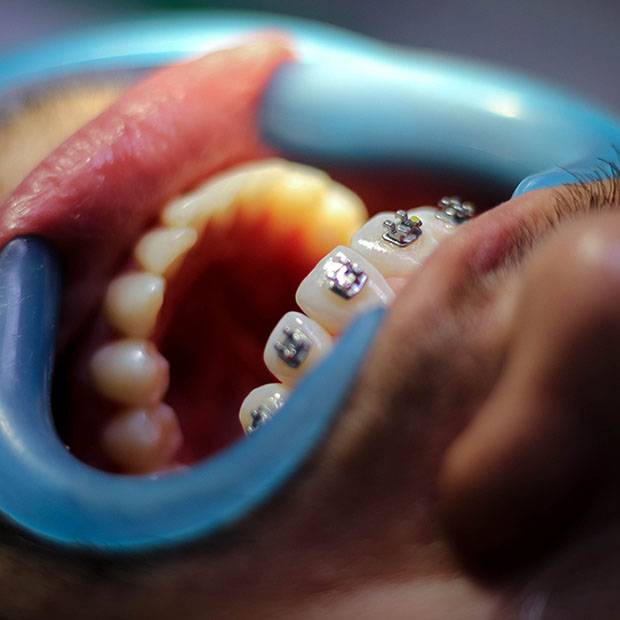Preparing for Orthodontic Emergencies

Do you have an orthodontic emergency plan?
It’s a good idea for anyone who has braces or whose teenager has braces to be prepared in case something goes wrong with their orthodontic appliance between adjustments. Not addressing a problem quickly could lead to delaying Braces Off Day, and nobody wants that!
Tips for Minor Orthodontic Problems
The most common orthodontic problems for braces-wearers are a bracket breaking or coming loose, wires poking in the back, brackets poking the lips or cheeks, and toothaches, and there are a number of things you can do for these issues at home.
For a poking wire: it may be possible to use a pencil eraser to gently push the part sticking out so that it’s out of the way. Orthodontic wax can also cover the ends of the wire so they aren’t as irritating to the gums or cheeks. In some cases, we may just need to clip the ends for you.
For toothaches and soreness: these symptoms are usually temporary, particularly right after an adjustment, and eating soft foods and swishing warm salt water will help. Taking over-the-counter painkillers is another good way to manage the discomfort. If it doesn’t improve on its own in a couple of days, contact us.
For a broken bracket: this one can’t be fixed at home. Contact us and schedule a repair appointment, because leaving it loose until the next regular appointment is a great way to delay your treatment!
For general preparedness, a braces kit like this is a great idea:
The Rare Major Orthodontic Emergency
Much less often, a patient may have to deal with a more serious emergency in the course of their orthodontic treatment. Having a plan in place is a good idea in case this happens. Examples of a major orthodontic emergency include:
- Severe oral/facial pain
- Swollen/infected gums or major swelling around the face
- A traumatic injury to the mouth, teeth, or face
In the unlikely event that you experience any of these, call our office immediately to schedule an emergency appointment, but if the problem affects more than just your orthodontic appliance, prioritize your health by going to the emergency room first. Once you’ve been treated for injuries, call us so that we can address the problems with your braces.
Let Us in on Your Orthodontic Emergency Plan
If you have questions about other things you can do to protect your braces, both to prevent accidents and to prepare for them, we’re happy to give you answers. We’re also ready to supply you with extra orthodontic wax and rubber bands to add to your orthodontic emergency kit!
